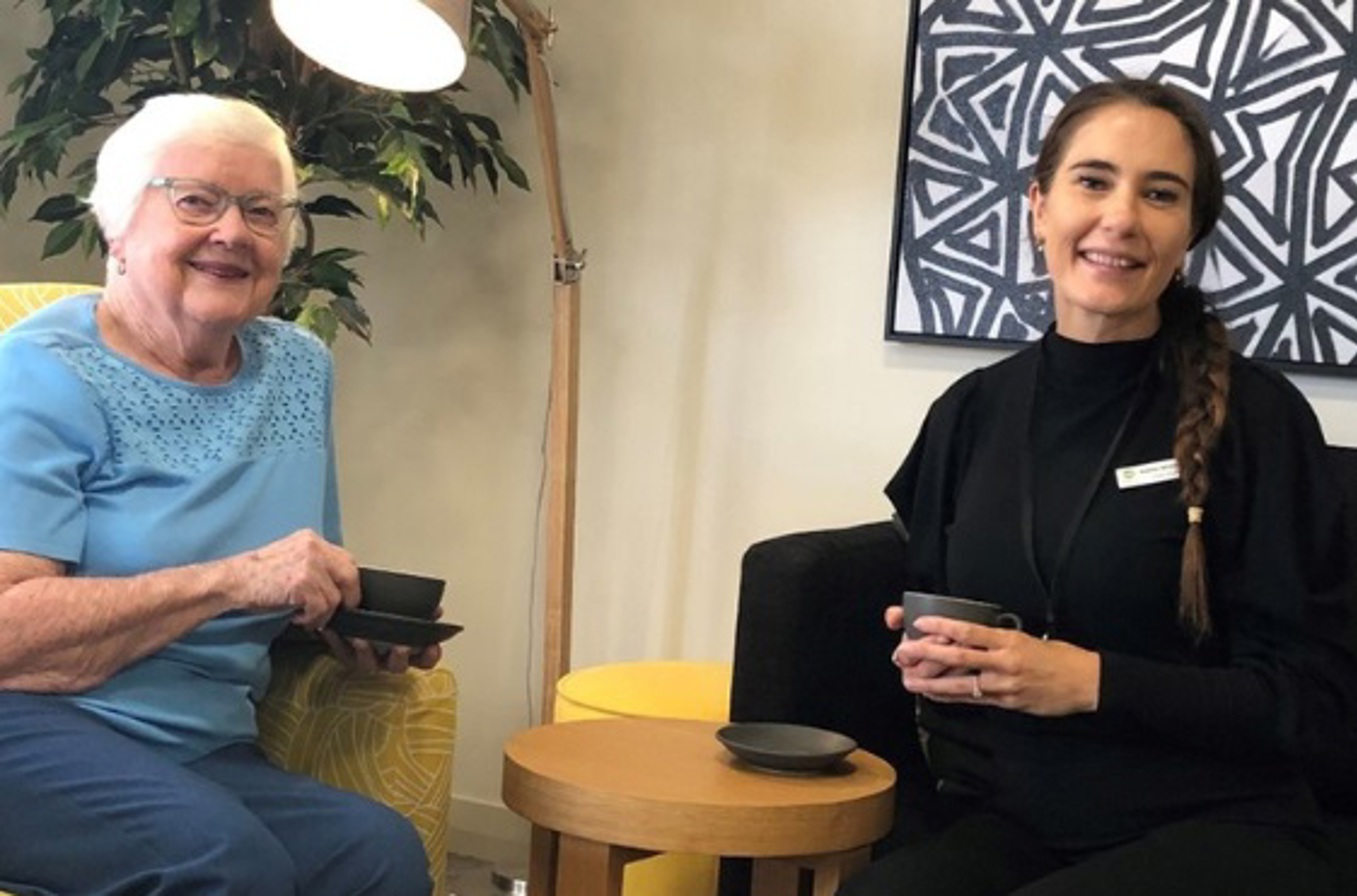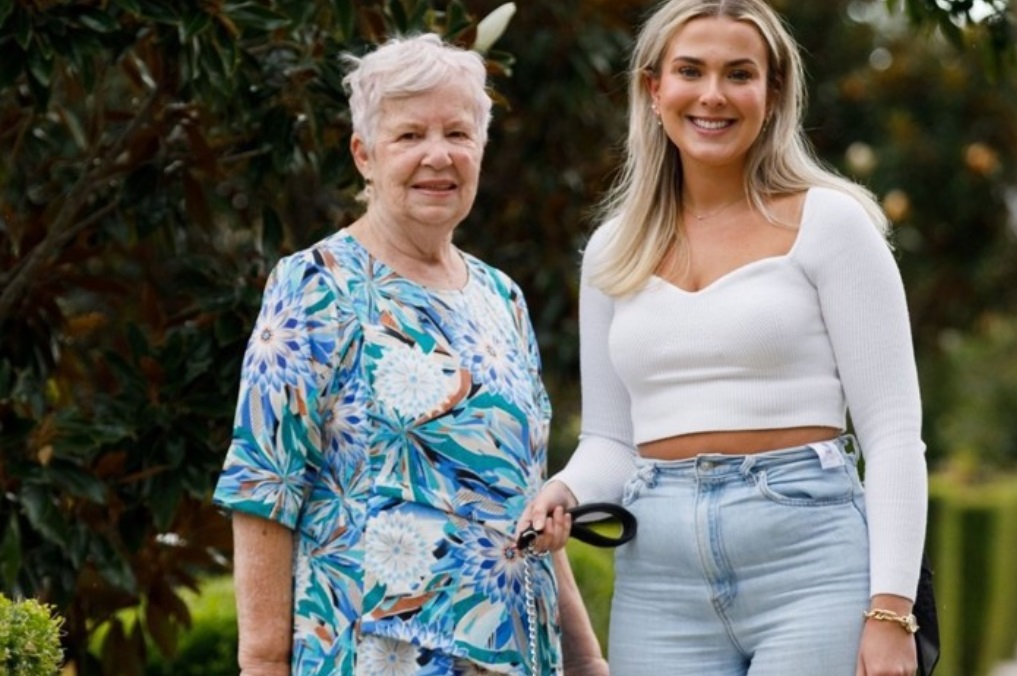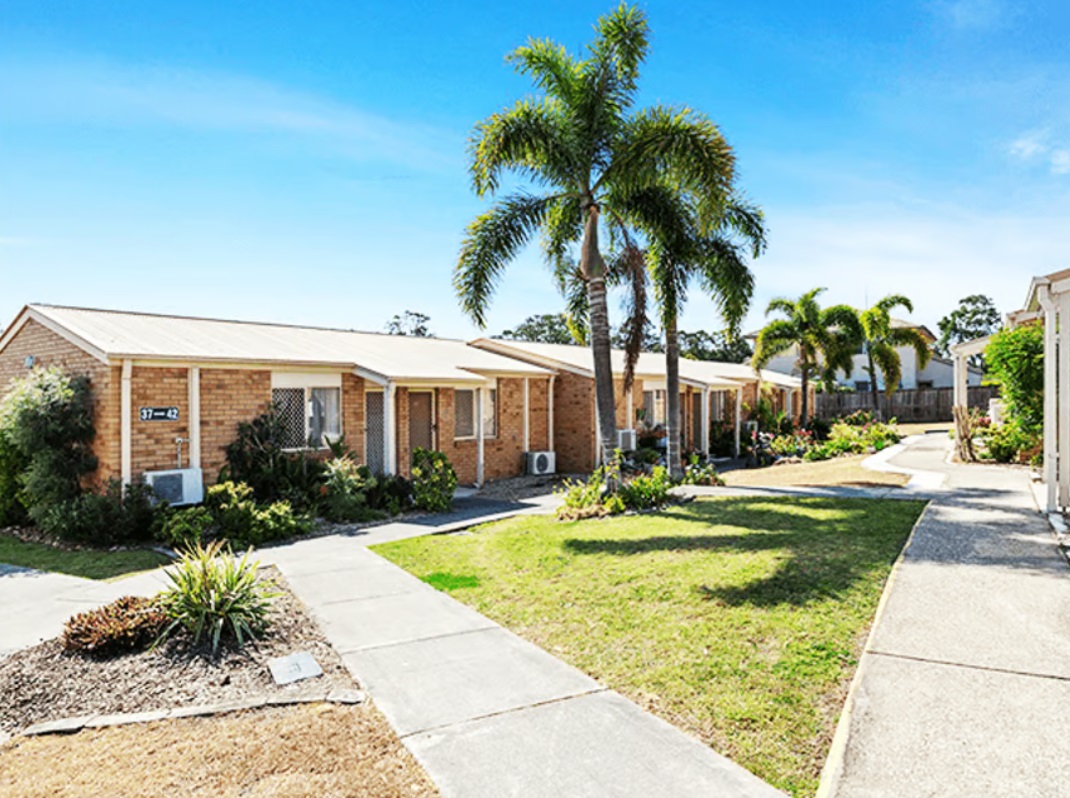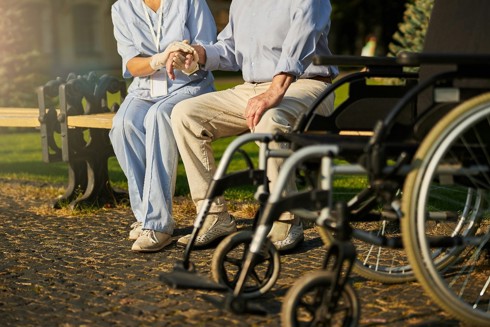The right footwear can help stop seniors having a fall
20/04/2023

Falls are common in older people and they can be prevented.
Unsafe footwear greatly contributes to the risk of falling. Inappropriate footwear, such as high heels or shoes that are too tight or too heavy, can make the foot or ankle unstable. It can also cause or worsen corns, bunions or other painful conditions, which have been shown to increase a senior’s risk of falling as well.
Your feet change size and shape
As people become older, they often need larger or wider footwear every few years.
Features of safe shoes and slippers for seniors
- Hard rubber non-slip soles
- Supportive insole
- Roomy toe box
- Easy to slip on and off
- Enclosed heel
- Proper fit
- Comfortable
Melbourne-based Foot Centre Group say the fit of a shoe should be a senior’s main aim. If the shoe does not fit well, it can cause various problems and pathologies over time. The fit should take into consideration; the size of the shoe, the width, depth and length of the toe box, the fit around the ankle, as well as the midfoot.
Shoes also should be supportive. It will have will have a strong heel counter, flexibility where the toes bend and a sturdy sole through the midfoot. These features will help to support and protect the foot from potential injuries.
When considering footwear for the elderly, stable shoes are imperative for prevention of falls. A shoe that is too high or has a rocker bottom may be too unstable for someone with a falls risk.
The aging foot may experience an ailment referred to as fat pad atrophy or loss of the fat padding. This means that the bones of the foot have less natural cushioning at both the heel and the ball of the foot, so it becomes important that the shoe provides this cushioning and protection for the foot and bones. Cushioning can also provide shock absorption for the elderly foot.
Another very important feature to consider is a slip resistant sole. Again, with the falls risk becoming higher as people lose muscle strength, proprioception and stability, it is vital to ensure shoes provide the strong platform the person may lack. A rubber sole may assist with adequate traction.
The upper of the shoe should be made from soft and flexible materials, to allow for toe deformities such as bunions or hammer toes. The upper should also be breathable material, with minimal seams to ensure no rubbing and blistering.














